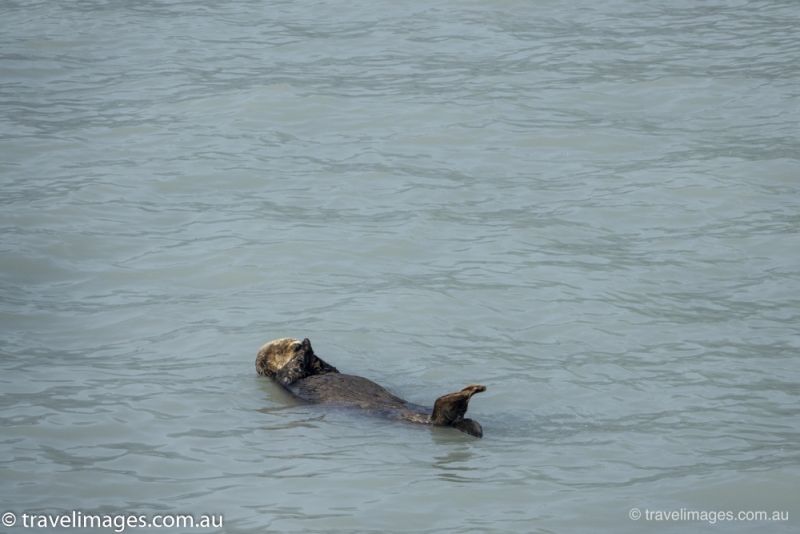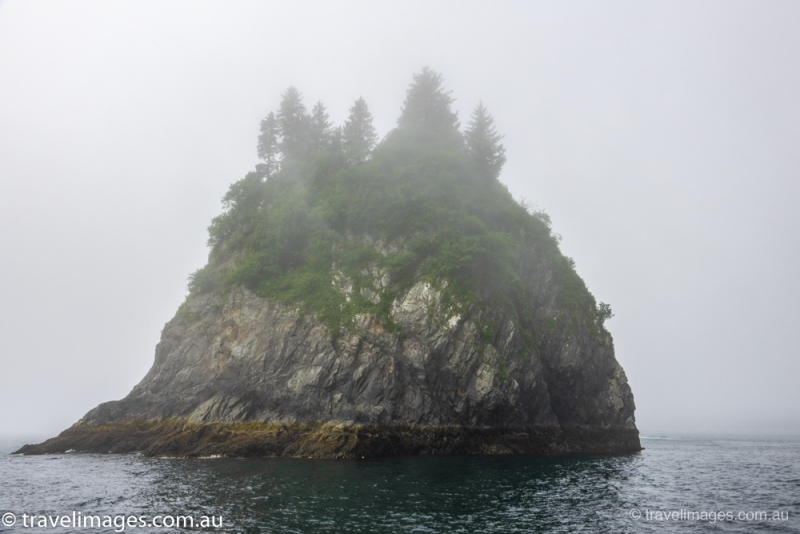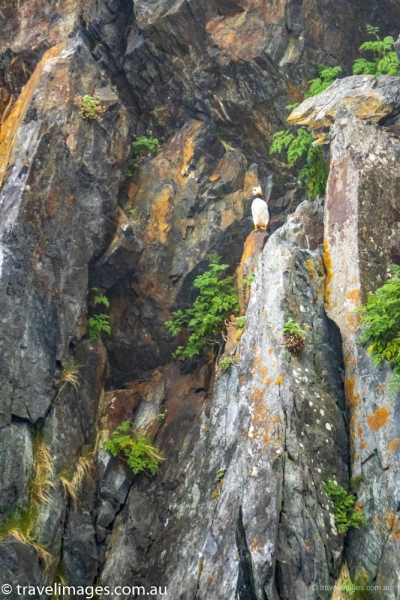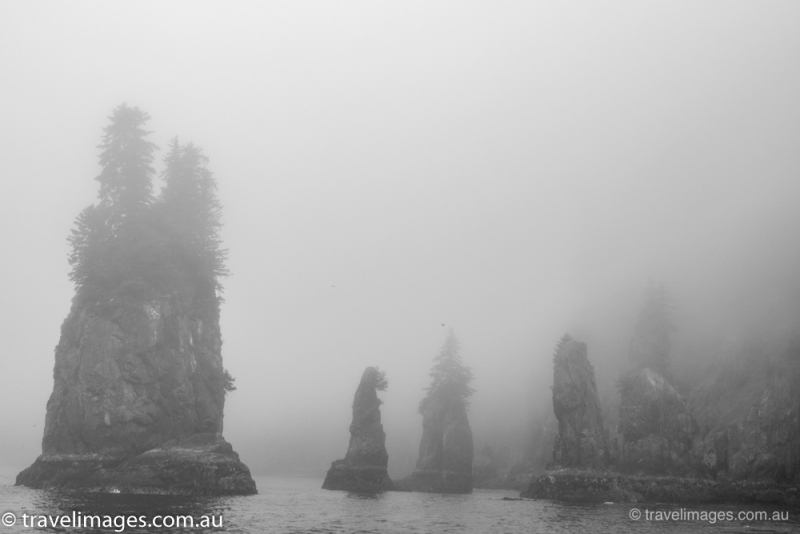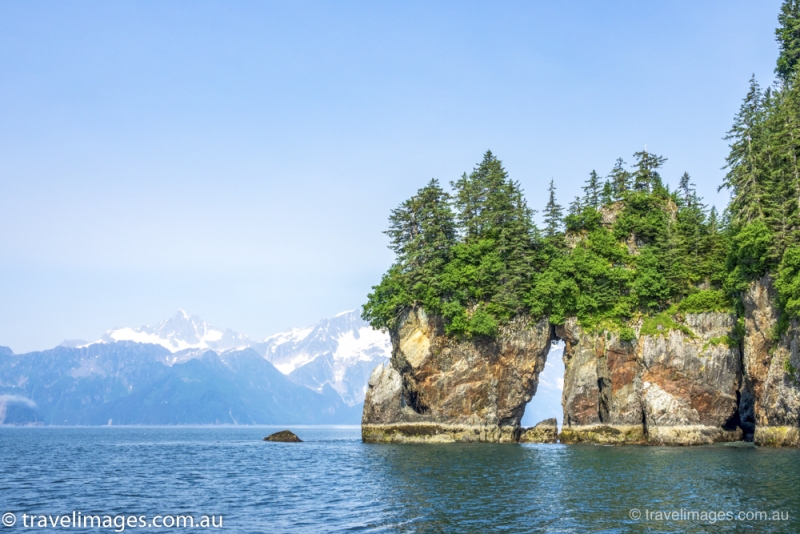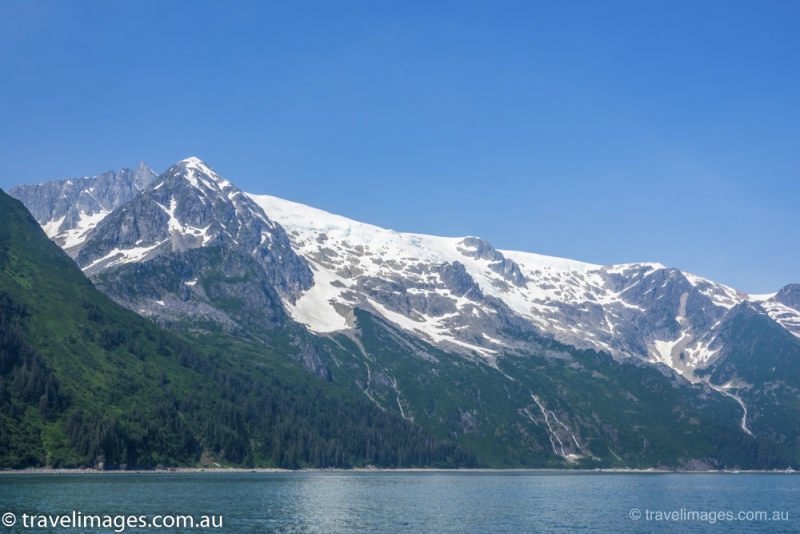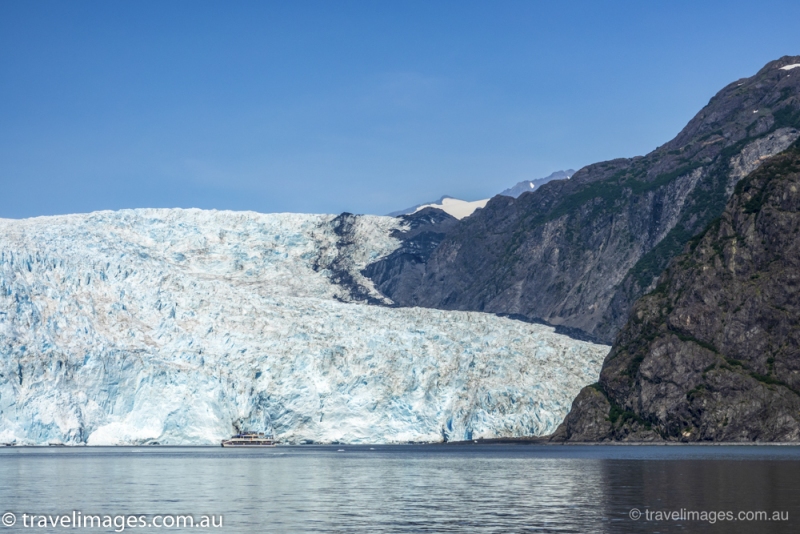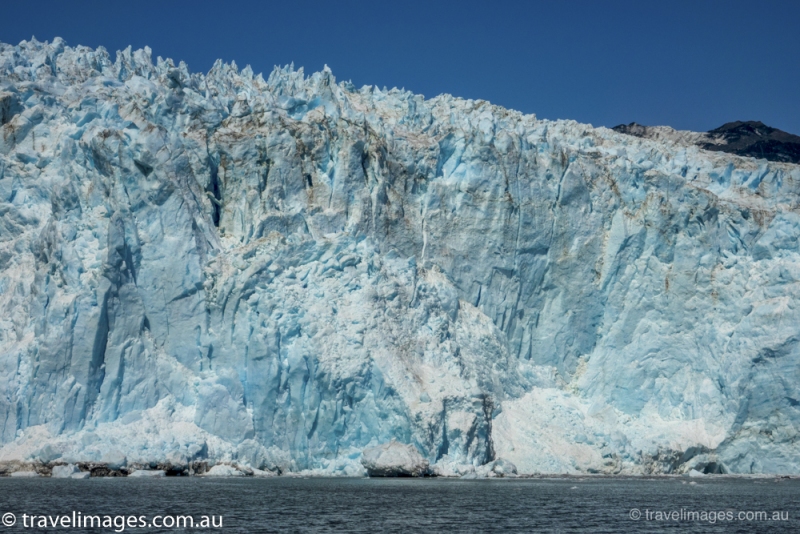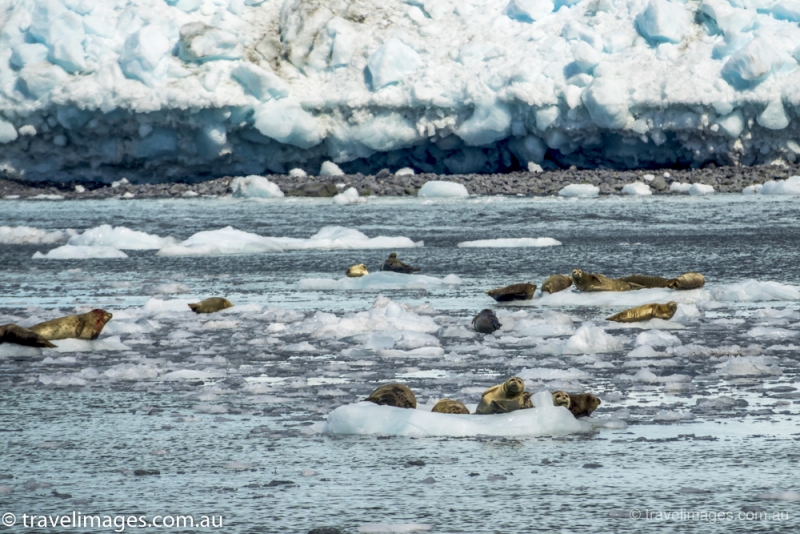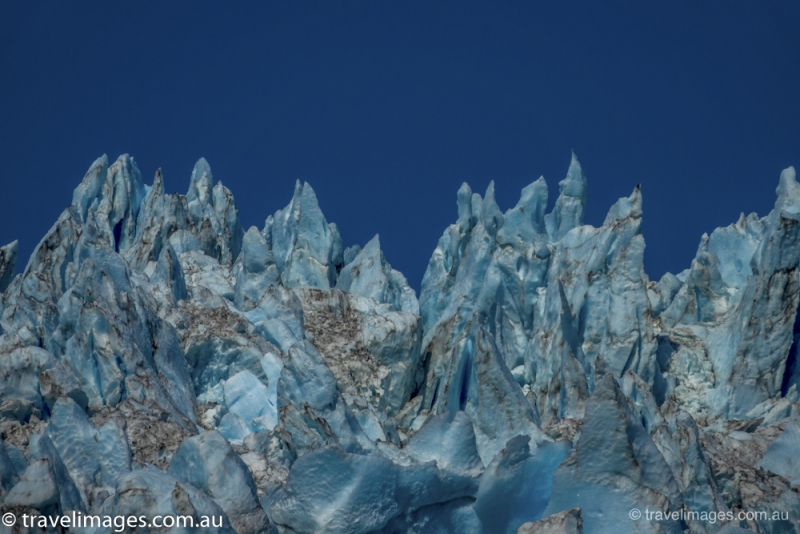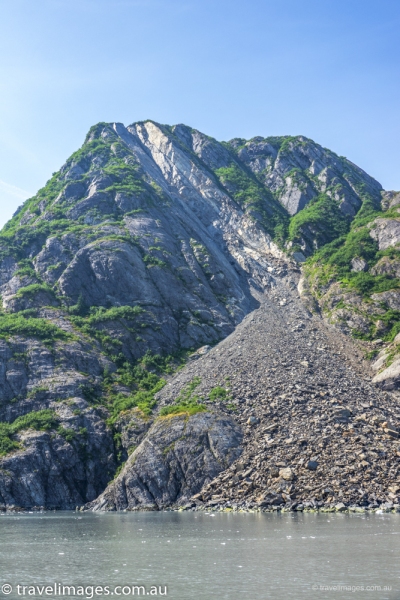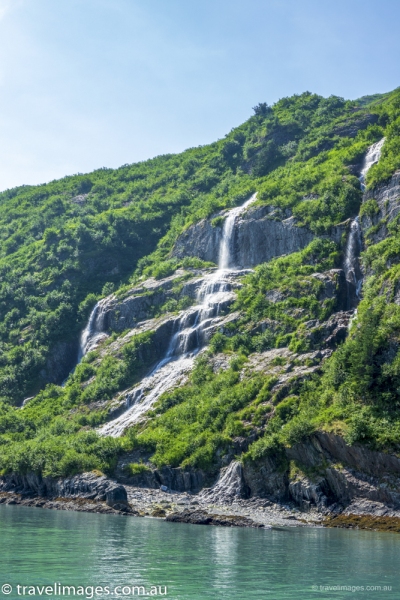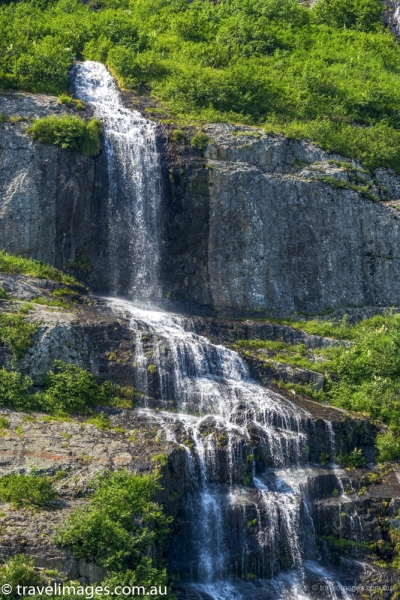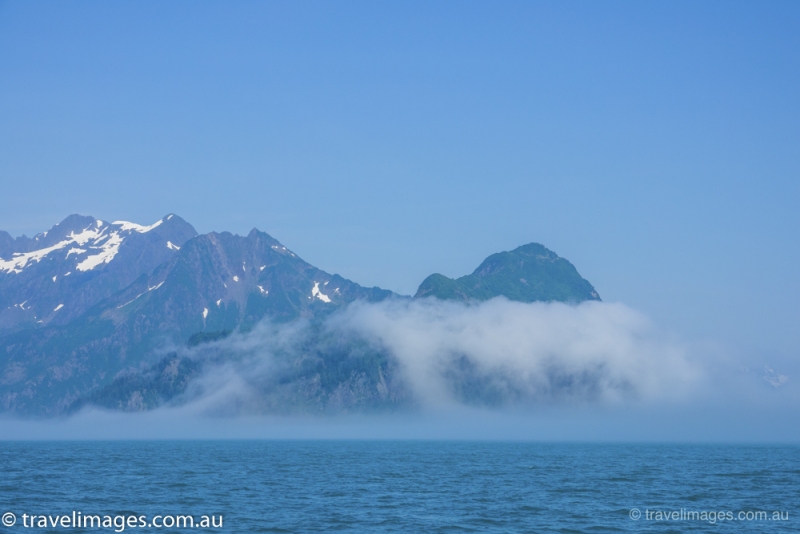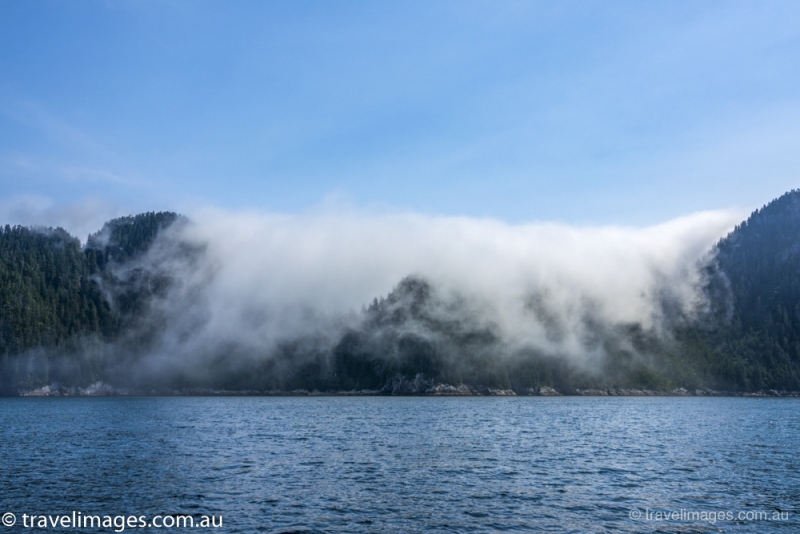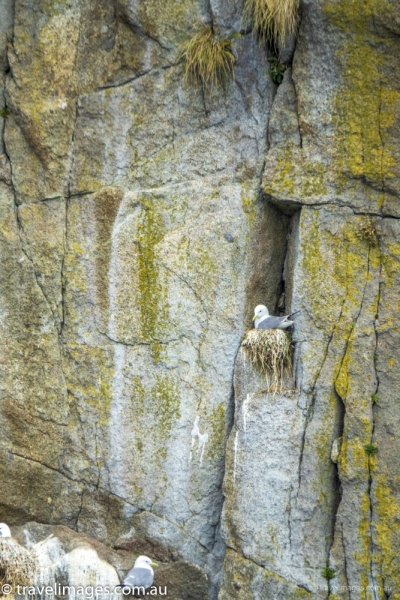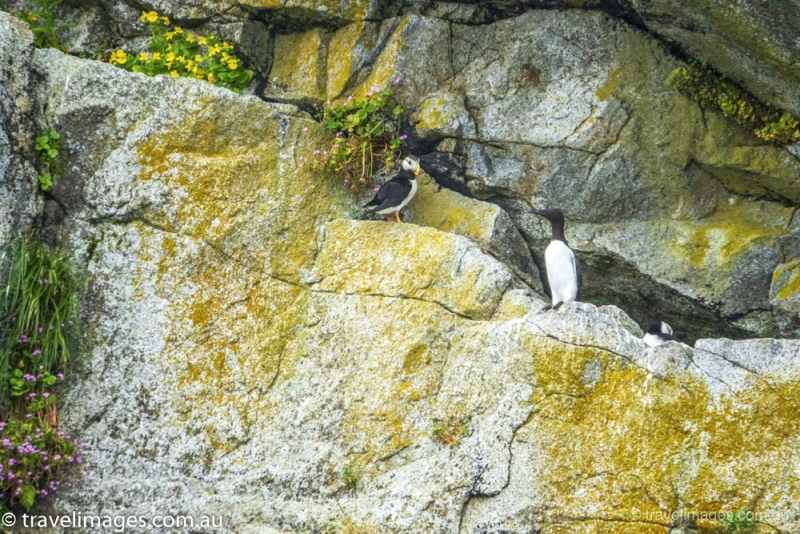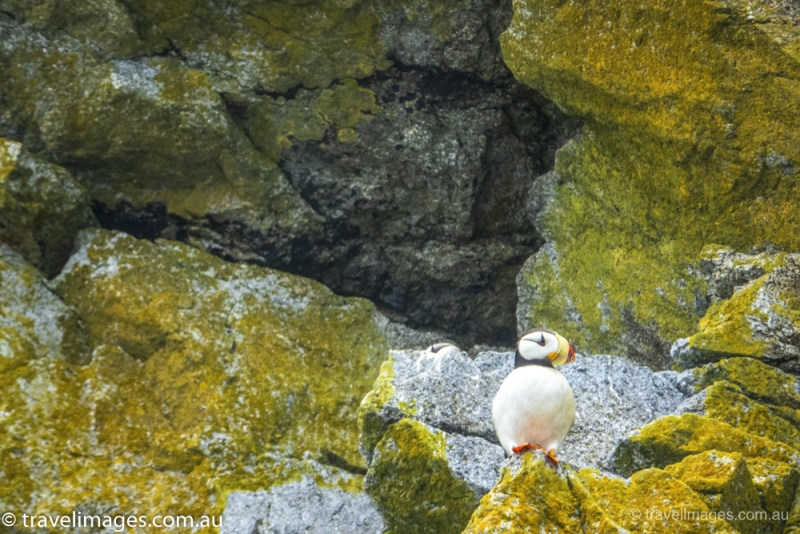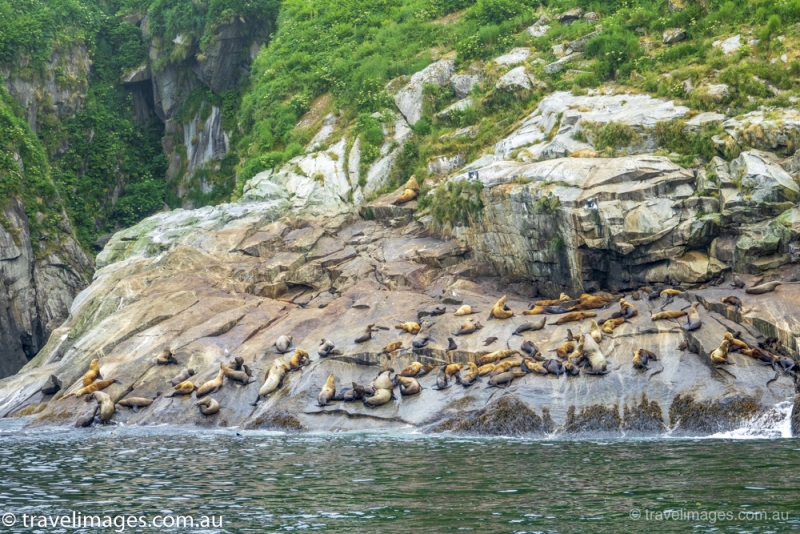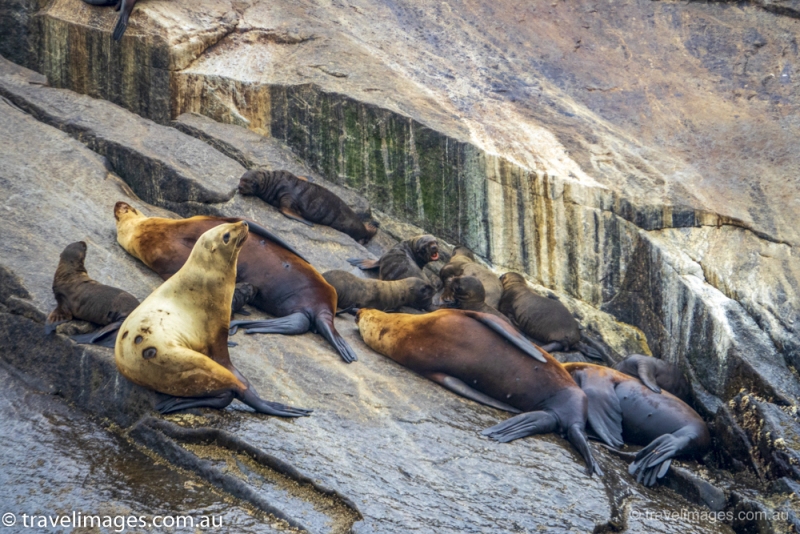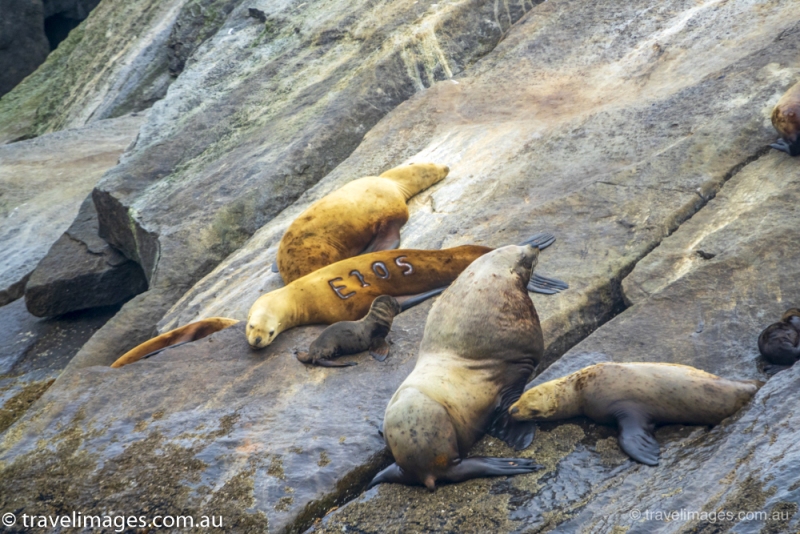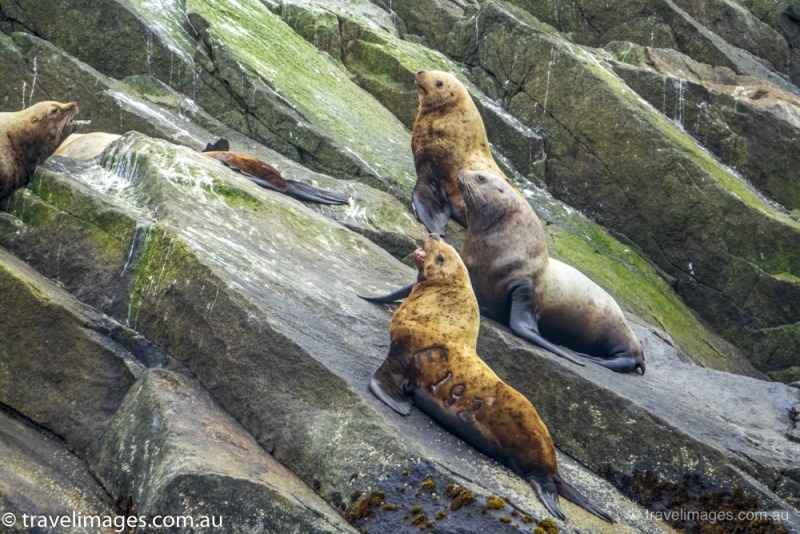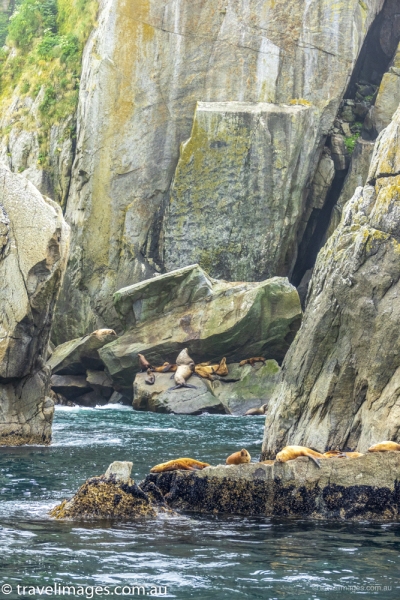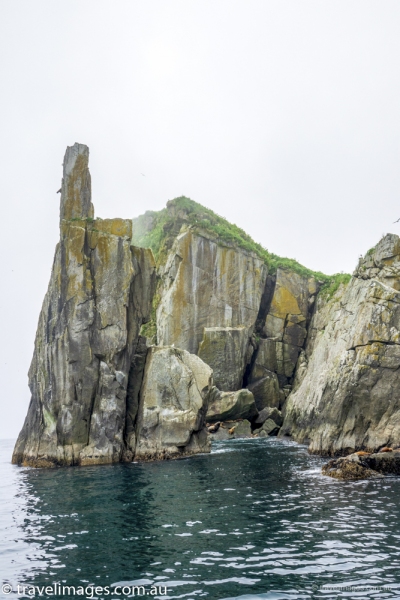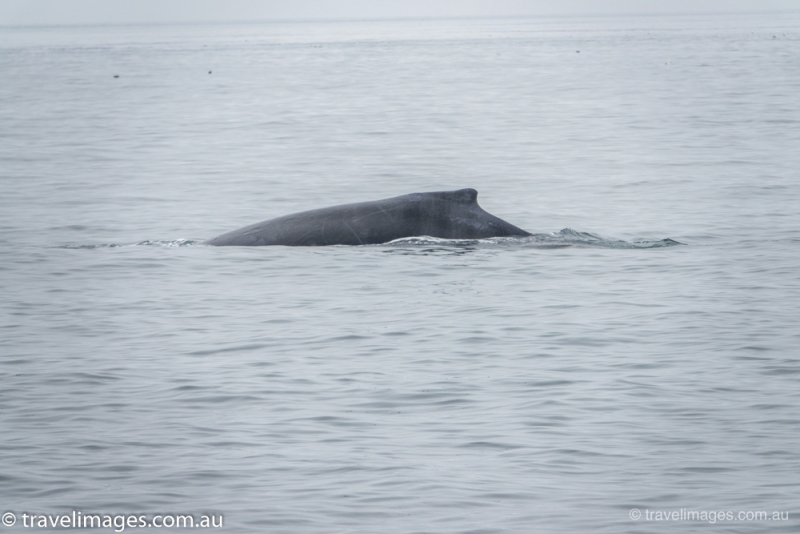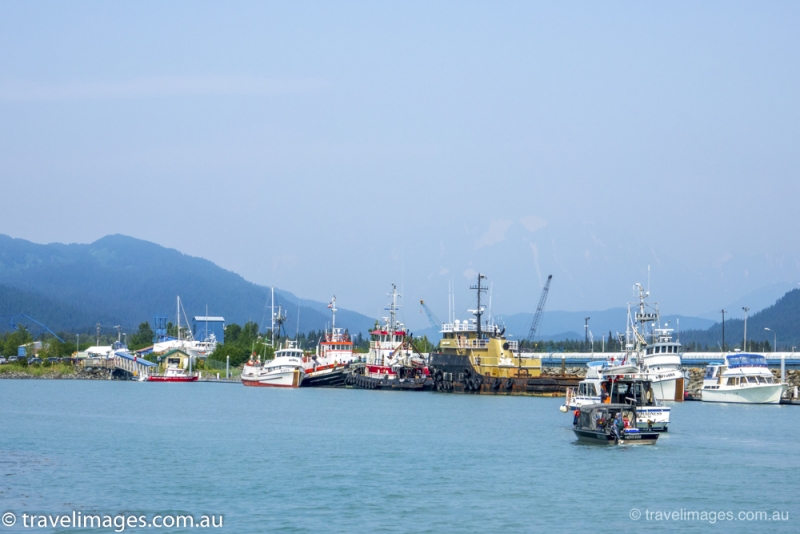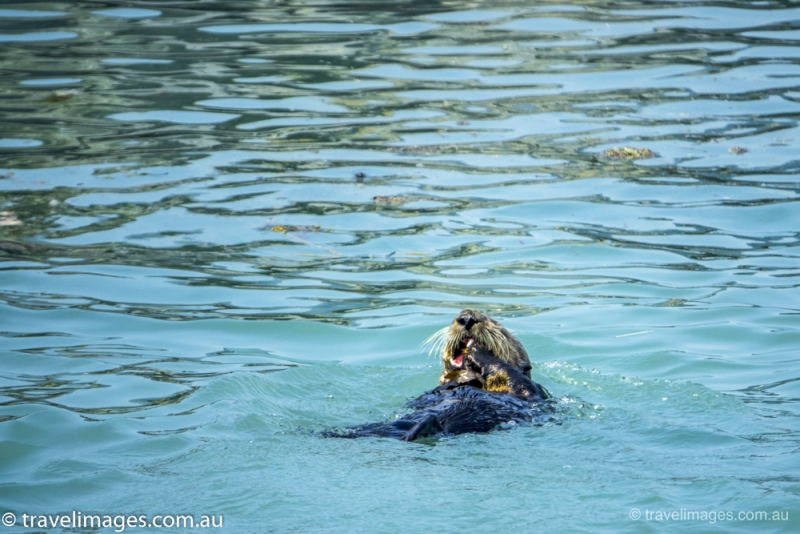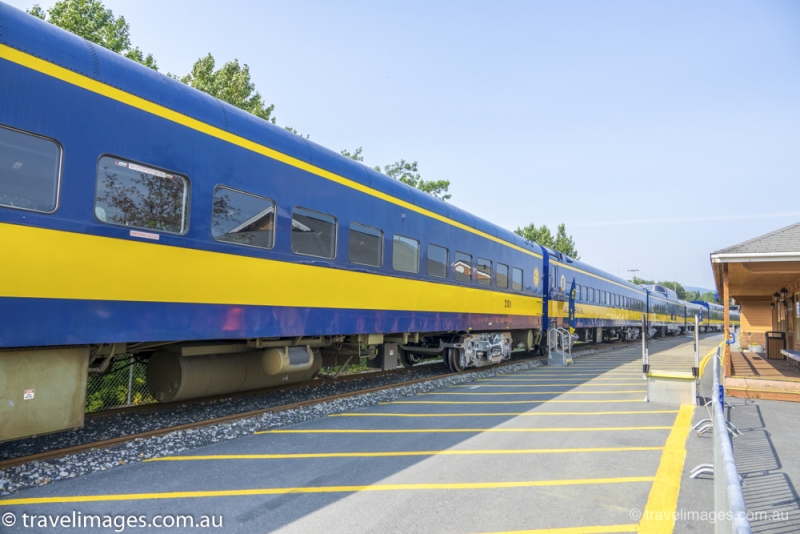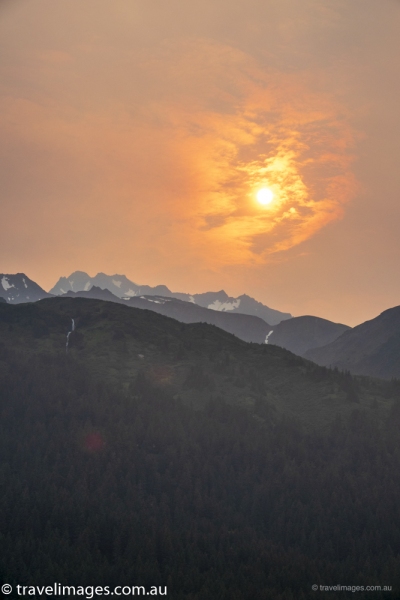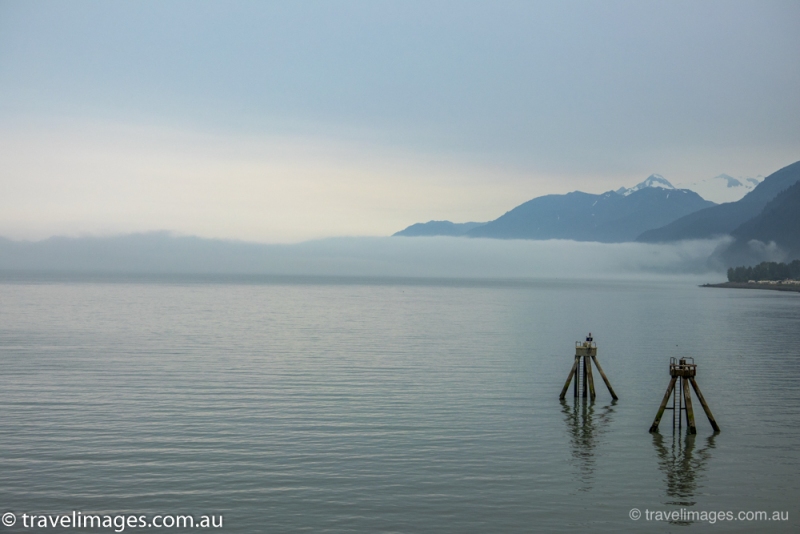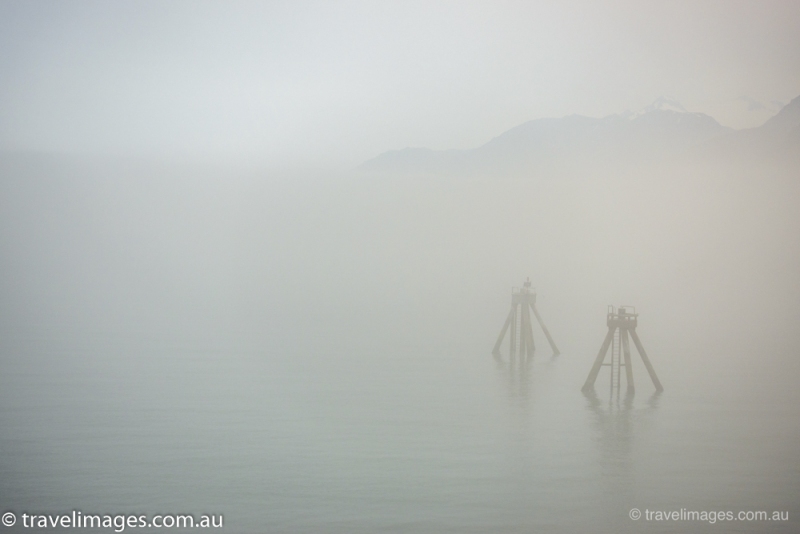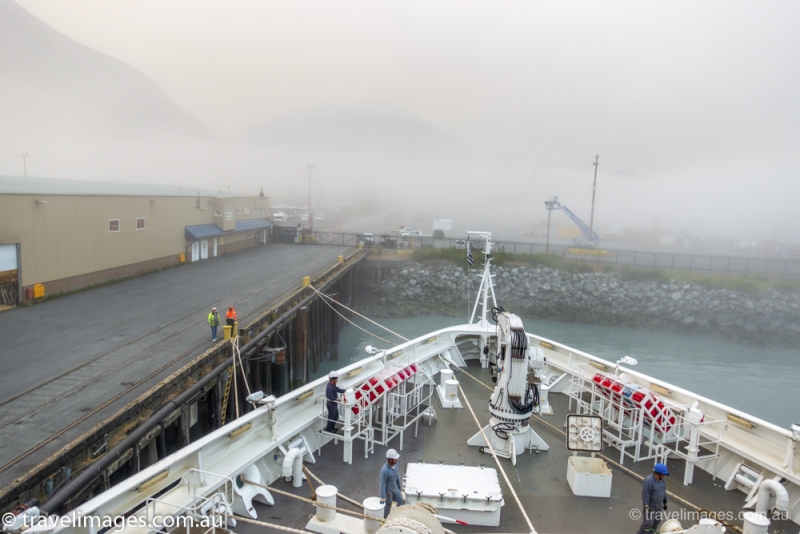Day 2 of Le Soleal’s unplanned stay in port in Seward, Alaska. The vast majority of the passengers are taking chartered catamarans to see the Holgate Glacier, which was our planned ship itinerary yesterday. Other options are wandering around Seward, or watching the Mount Marathon. It’s the 4th of July holiday in Alaska, so Seward should be busy.
Seward is a sea town, so the marina is sizeable, with many tourism vessels, small fishing trawlers, sports fishing vessels, and many private yachts. It is also popular with Stellar Sea Lions, who are thrown fish scraps from the fishing trawlers.
Ponant has chartered 4 or 5 catamarans that take visitors to Holgate Glacier, and provide lunch, drinks and snacks during the 6 hour return trip. The one thing they can’t control is the weather, which is foggy the whole way until we are nearer to the glacier. The smog from the forest fires has lifted slightly, but the higher peaks around the valley are still hazy.
There is plenty of wildlife to be seen along the way, and the captain of the catamaran knows where to find them all, despite the fog. Puffins, Stellar Sea Lions, and masses of kittywakes are seen along the way.
At Holgate Glacier, which still reaches the waterline in one place, evidence of the retreat of the glacier can be seen in the rapidly disappearing ‘fingers’ of the glacier up the mountain, creating many fast running waterfalls of melting glacial waters. A mountain goat and her kid can be seen picking their way across the rocks, and the ice that has calved from the glacier is home for Harbor seals and their recently born pups.
The seals attract transient orcas, which are hunting around the fjord. We track them to a small island near Holgate Glacier, but can’t get a particularly good view of them as they are moving quickly. The transient orcas are constantly moving and it is difficult to predict their direction of travel. The difference in behaviours between transient orcas and resident populations that we saw on the way to Attu Island are evident. Attu Island seems a long time ago now.
There is a sizeable population of Stellar Sea Lions near an amazing rock formation called Cathedral Rock, which the captain visits on the way back to Seward.
As we are turning to head back to Seward, the captain spots a young humpback whale, which we only have time to see briefly. Nearer to Seward, the smog has cleared a little, and a sea otter is munching on sea urchins.
Back in Seward, ‘all on board’ is 5:30pm for a 6pm departure. There is time though to walk back from the marina to the wharf where Le Soleal awaits, and to check out the terminus of the Alaska Railroad.
6pm comes and goes, with an announcement that the surveyors are still on board and working, and we won’t know more until 8pm. 8pm comes and goes, with a side conversation that we are waiting for a combination of welded steel and some kind of sealant to dry on the bulb of the ship. This is the part that protrudes from the bow of the ship that can be seen here with some fur seals in residence on it. It seems that we are literally waiting for ‘paint to dry’.
We will miss two planned calls, one at Icy Bay, the other at Elfin Cove, but we have had all that was planned and more in the Aleutians, in good weather. There are a lot of rumblings about the potential to miss flights in Juneau, but unless we are more than 4-6 hours late to arrive in Juneau, the two charter flights that are both in the afternoon should be ok.
At 10pm, we finally untie and push away from the wharf in Seward, where fog now completely blankets the town. It is an eerie departure in zero visibility from the town that has hosted our unplanned arrival for the last two days. Now we start the non-stop run across the Gulf of Alaska to Juneau for disembarkation in about 36 hours.

